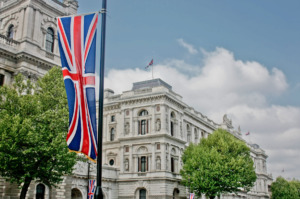Our history
We can trace our roots back 800 years. Over that time we've evolved and innovated to meet the needs of government
FCDO Services timeline
-
1199 First written mention of Royal Messengers
The Royal Messengers are the oldest part of FCDO Services, dating back to at least the reign of King John. Over the centuries, they have served the King or Queen by carrying secret information and deliveries, making sure whatever they are taking arrives safely without being seen by our enemies. Over 800 years later, the King’s Messengers still help the UK send secret information and items to people abroad.
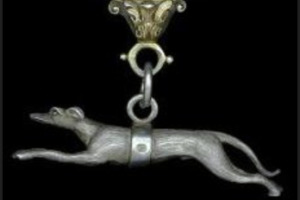
-
1824 Foreign Office takes control of Royal Messengers
Operational control of the Royal Messengers was passed from the Royal Household to the then Foreign Office.
-
1937 Our technicians start working abroad
At the end of the 1930s the Foreign Office wanted a faster way of sending secret messages, so they could respond to events more quickly. We began as a team of telephone technicians providing secure communications links overseas. Our earliest recorded technician was looking after the telephone connections in Rome in 1937.
-
1939 ‘Special Communications Unit No 1’ formed’
As the threat of war increased, so did the danger that enemy troops might cut telephone lines. To prevent this, the Foreign Office switched from relying on telephone to radio.
The Foreign Office communications team combined with another government department to create a new unit. This specialist unit of radio technicians looked after radio equipment, intercepted enemy communications and developed new technology throughout World War 2.
-
1942 Secret World War 2 projects
During the war, our technicians developed and supported radio communications projects including Aspidistra and HYDRA. Aspidistra was an extremely powerful radio transmitter used for ‘black propaganda’ (creating enemy propaganda the Germans would think was German). HYDRA was used to communicate secret information to our allies and missions in North America.
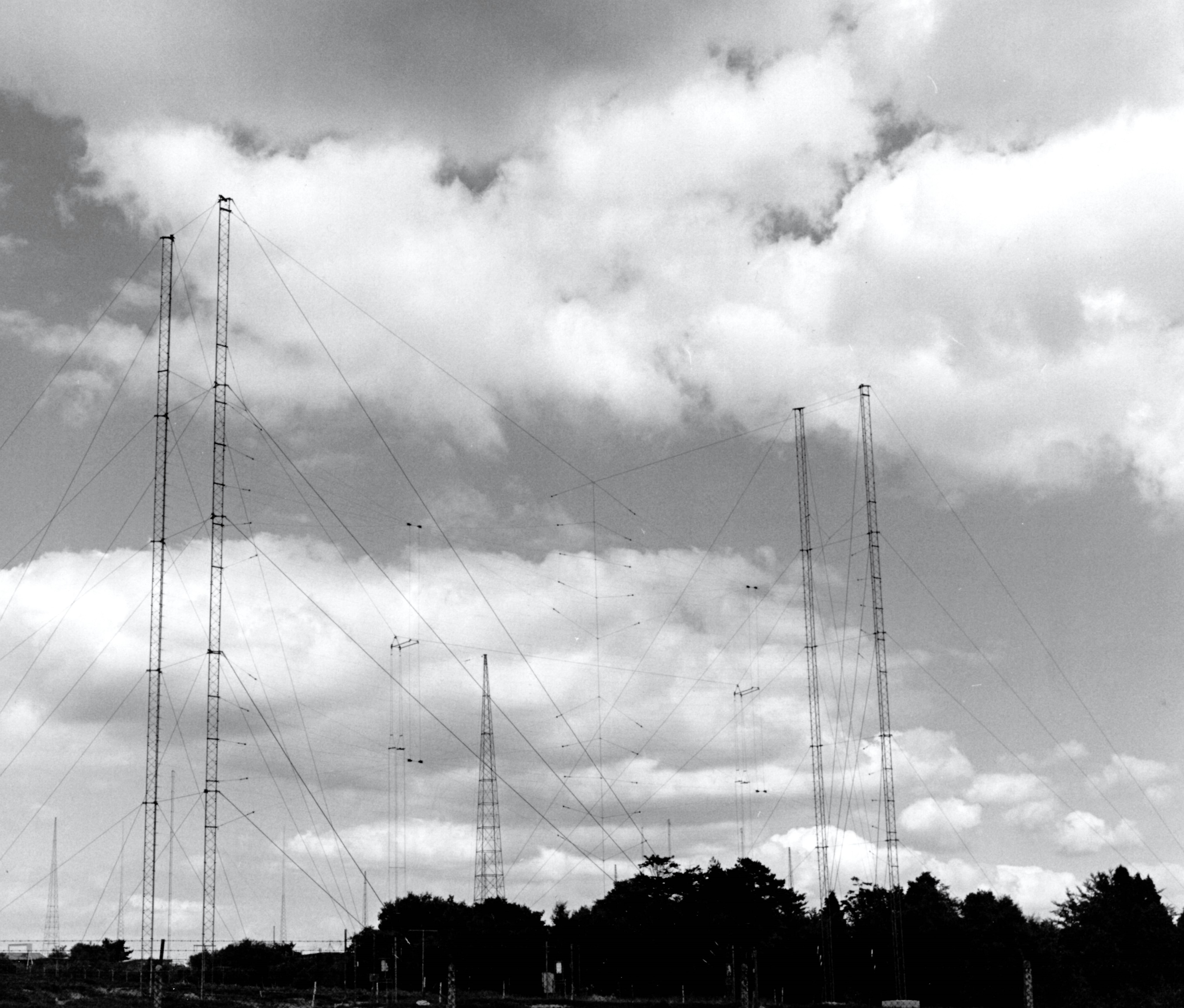
-
1943 On-site production unit created
During the war, the Special Communications Unit established a production unit to design and build technical equipment. Originally based at Borehamwood, it was moved to Hanslope Park in 1972 and remained there until 1982. Today, we still design and produce the most secure equipment that we install.
-
1945 Technical support established
Our scope grew beyond communications in 1945, when we began to keep embassies secure. For the first time, technicians stayed in the most vulnerable embassies permanently, to offer the best support. We created new teams who travelled abroad to look after technical equipment.
-
1945 BBC World Service support begins
Following our work supporting some BBC broadcasts during World War 2, from 1945 we began supporting the radio infrastructure for the BBC World Service. We designed, supplied, installed and maintained their overseas sites, including the studios, until 1984.
-
1946 Technical security teams created
We set up a team of specialists dedicated to protecting missions from all forms of technical attack. This included making sure communication links were secure, equipment was designed with security in mind and counter eavesdropping (protecting British embassies from being spied on).
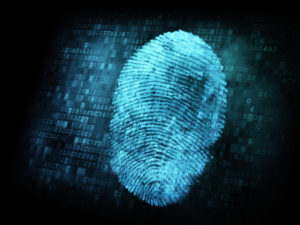
-
1957 Trainee scheme launches
Due to the unique work and equipment involved, we started a trainee scheme for radio technicians. This scheme has continued ever since, although it constantly evolves to include the range of work we do. Today, the apprenticeship is in Technical Engineering, and sits alongside 16 other apprenticeships.
-
1958 National Authority for Counter Eavesdropping
The team set up to deal with counter eavesdropping in 1945 became increasingly specialised and important. In 1958 they were recognised by the Cabinet Office as “the only UK department who have the authority, skill and knowledge to undertake the UK authority on counter eavesdropping”. Known today as UK NACE, they remain the UK experts for preventing and discovering enemy espionage.
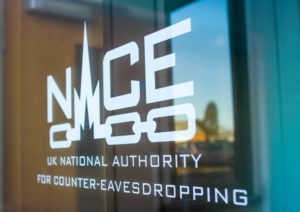
-
1964 Piccolo: cutting-edge radio transmission
Harold Robbins, the same engineer who made Aspidistra the most powerful radio transmitter of its time, developed a radio transmission system called Piccolo. Piccolo’s design was radical because it worked even in areas with bad radio signal. Some of the techniques he developed are used in satellite signalling today.
-
1985 Electronic telegram system
To manage Foreign Office telegrams electronically, we built a new central receiver building. This initially housed a Ferranti Message Handling System, which was a suite of computers that received and distributed telegrams. Although the technology quickly became out of date, it continued to work into the 2000s.
-
1990s Technical work declassified
In the early 1990s, our existence and the scope of our work was declassified and no longer treated as a secret. While our work has not changed, and we still protect the most secure aspects of what we do, we try to be as transparent as possible.
-
2008 Trading fund
We became a trading fund in 2008, under the Government Trading Funds Act 1973, to allow us to provide services to other government departments and become more financially independent. Our trading fund status means that we are able to operate commercially, while continuing to be part of the UK government.
-
2020 FCDO Services
On 2 September 2020, our parent organisation the Foreign and Commonwealth Office merged with the Department for International Development to become a new department. To reflect this change, we changed our name to FCDO Services.
